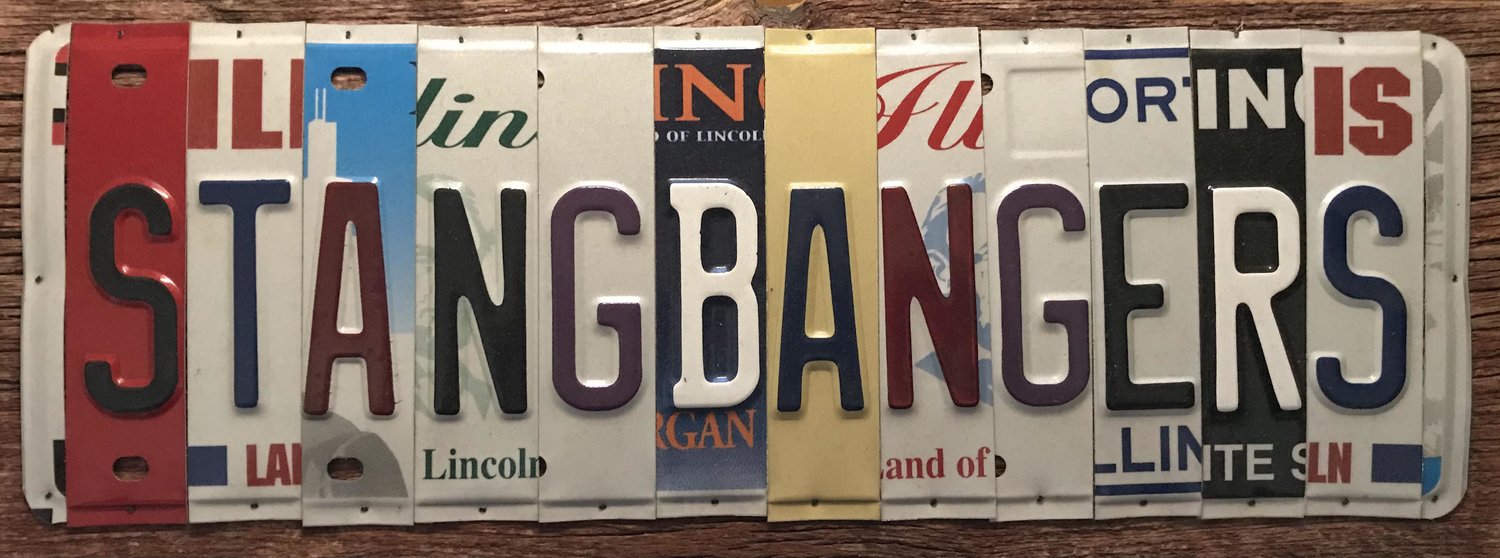Rebuilding Ford's 5.0L "Coyote" V8 Engine
Debuting in the 2011 model year, the Coyote is a 5.0L, naturally aspirated V8 engine featuring a dual overhead cam (DOHC) design. The Coyote’s architecture was also Ford’s first implementation of its Twin Independent Variable Cam Timing (TI-VCT) technology on a V8 engine.
Like many new projects, when Ford Motor Company was developing its newest V8 engine to compete with the likes of the LS and Hemi, the company asked for naming suggestions. One of the V8 engineers found a part of Ford history he thought was special enough that Ford should name the engine after it. The first four-valve V8 that Ford made was manufactured in the 1960s for a race car driven by AJ Foyt. The car, named the Coyote, was driven to victory in both the 1967 and 1977 Indy 500s. In total, Foyt won 25 times out of the 141 races he participated in. The response to the Coyote name was immediately positive and it stuck.
Based off of the architecture of the 4.6L and 5.4L Modular V8s, the “Coyote” V8 platform was the latest evolution of performance engine from the Ford Motor Company in 2010. At the time the first-generation engine was being designed, Ford engineers needed a V8 engine, specifically for the Mustang GT, that would compete with the GM 6.2L LS3 used in the new Chevrolet Camaro and the new Chrysler 6.4L Hemi in the Charger, Challenger and Grand Cherokee.
Since this engine replaced the already popular 4.6L and 5.4L Modular engines, the Coyote engine had to remain close to the same physical size of the outgoing 4.6L, and share other specifications with it such as bore spacing, deck height, bell housing bolt pattern, etc. in order for the engine to utilize existing Modular production line tooling. The term ¬Modular had always been thought to be a name for the engine design or the ability to share certain parts. However, the real name was given from the manufacturing process where the tooling could be changed out in a matter of hours to manufacture different versions of the engine family.
Debuting in the 2011 model year, the Coyote is a 5.0L, naturally aspirated V8 engine featuring a dual overhead cam (DOHC) design. The Coyote’s architecture was also Ford’s first implementation of its Twin Independent Variable Cam Timing (TI-VCT) technology on a V8 engine, a feature which considerably improves fuel economy and power delivery all while reducing emissions. The Coyote today has gone through three different generations of engines, which can be found in the Ford Mustang and F-150 trucks.
Despite its relatively small displacement, the 5.0L Coyote is able to create good horsepower, and to Mustang enthusiasts, the Coyote engine is much more than that. From its history, to its name, to the engineering components that allow the Coyote engine to produce impressive power with a relatively small displacement, people have a lot of questions about it. We caught up with a few engine builders to get their take on decade-old, powerhouse of an engine.




